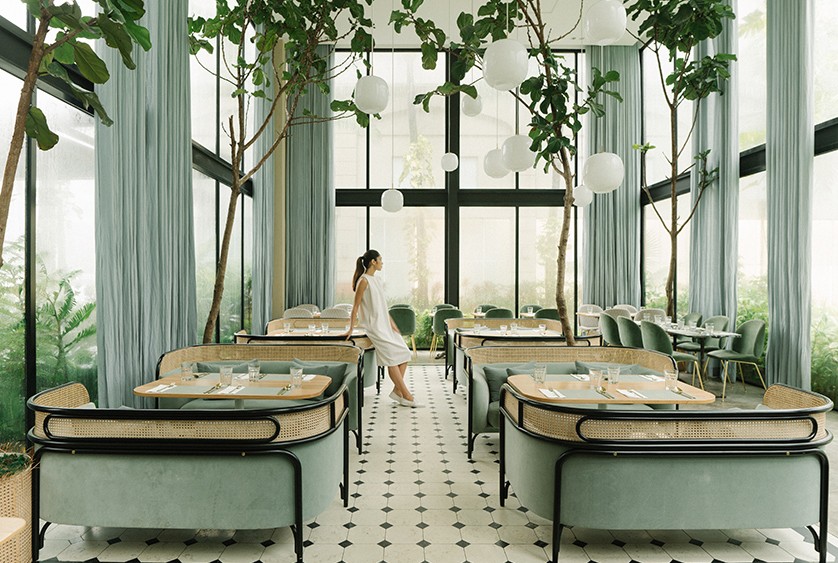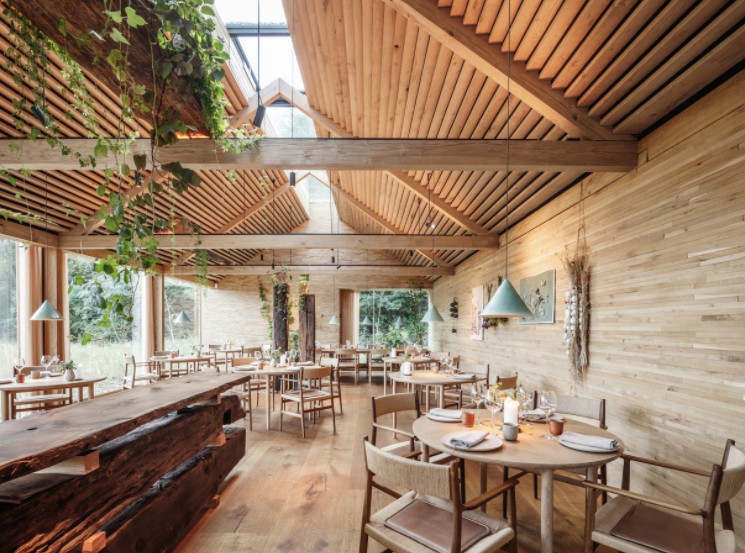Design theory is a significant phenomenon in the sphere of art, design, and architecture since it is a set of methods, strategies, and decisions that are needed to create a particular product. When it comes to interior design, specialists can follow multiple theories representing different approaches to a single issue, and biophilia occupies a prominent place among them. Thus, this paper’s primary goal is to define this theory, explain how it is used in interior design, provide examples, and comment on its benefits and challenges.
It is reasonable to begin by defining the biophilic theory. According to McGee et al. (2019), this design approach aims at “rediscovering the connection between people and the sensorial environment around them” (p. 201). These scientists focus on the idea that there has always been a link between human beings and nature, and it is necessary to preserve it in the technological and innovative world. Today, many people spend more than 80% of their time indoors, making it more significant to emphasize and protect the connection above (Baldwin, 2020, para. 6). Consequently, there is a reason to rely on the biophilic theory.
The next step is to demonstrate how biophilia can be applied to interior design. This theory provides designers with an opportunity to choose among multiple patterns that come from three main groups, including nature in the space, nature of the space, and natural analogs. In particular, it is possible to introduce the direct experience and visual connection with the environment using open space and large windows, as Figure 1 by Baldwin (2020) demonstrates. Simultaneously, Figure 2 by Baldwin (2020) shows that natural materials are another manifestation of biophilia. Finally, it is possible to focus on temperature flow, artwork, and wall murals to make interior design more natural (McGee et al., 2019). This information has demonstrated that designers can use numerous approaches to achieve the desired outcome.


At this point, one should introduce the benefits of applying the biophilic approach to clarify why designers choose to follow it. In fact, there is a cohort of scientific articles that report the positive impact of biophilic design. An article by Emma Web Interiors (2019) offers a collection of such studies, highlighting that landscape views and access to vegetation result in employees’ better health and performance. Furthermore, Baldwin (2020) states that biophilic designs result in health benefits that relate to decreased blood pressure and better activity of the nervous system. Consequently, it is impossible to overestimate the positive effects of biophilia in interior design.
It is also rational to comment on whether this theory results in some challenges. One can suppose that applying biophilia to interior design leads to economic disadvantages because it is expensive to create a connection between people and nature. However, McGee et al. (2019) state that this theory is a sound economic investment because numerous positive consequences will be obtained. In addition to that, some skepticism can exist regarding whether it is possible to achieve the desired outcome. The visuals above demonstrate that modern designers have almost unlimited opportunities to implement biophilic principles in their interior designs. Consequently, one can mention that current literature does not present any disadvantages of the biophilic theory.
In conclusion, one can state that biophilia is a prominent design theory. Since this approach establishes a link between people and nature, such designs result in significant benefits, including better performance, well-being, and health conditions. Furthermore, scientific evidence demonstrates that it is economically suitable to apply the biophilic theory because of its multiple advantages. Thus, there is no doubt that biophilia’s interior design theory deserves significant attention in the modern world.
References
Baldwin, E. (2020). Biophilia: Bringing nature into interior design. ArchDaily. Web.
Emma Webb Interiors. (2019). The impact of biophilic interior design on health and performance. Web.
McGee, B., Park, N.-K., Portillo, M., Bosch, S., & Swisher, M. (2019). Diy biophilia: Development of the biophilic interior design matrix as a design tool. Journal of Interior Design, 44(4), 201-221. Web.